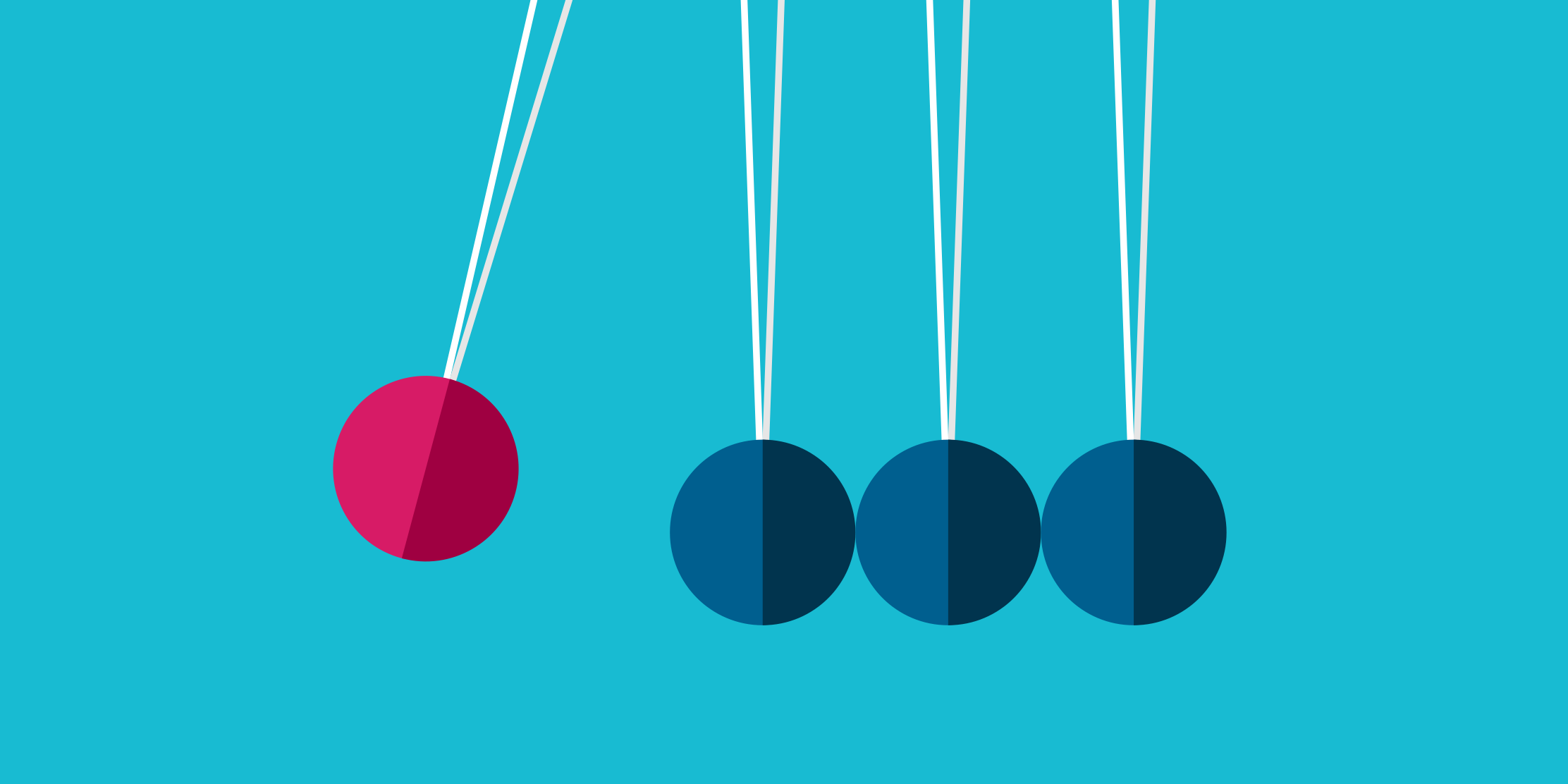3 4: Principles of Design- Emphasis, Focal Point, and Subordination Humanities LibreTexts
Table Of Content
This infographic illustrates the basics of emphasis in a couple different ways. In addition to color differences, the designer varied the weights of the fonts. You can use this principle not just to call attention to important material, but to ensure the visuals follow other design principles, like hierarchy, balance and proportion. Emphasis is “Highlighted” or busy areas of the artwork in which the artist uses visual elements to focus our attention. The artist draws attention to particular content by emphasizing the parts of the artwork. If you’re a beginner graphic designer or just a brand owner, there are some graphic design software and online tools to help you complete the task more professionally and without extra money.
Illinois State Fashion Show presents Elements, April 29 - Illinois State University News
Illinois State Fashion Show presents Elements, April 29.
Posted: Mon, 24 Apr 2023 07:00:00 GMT [source]
To understand emphasis, think like a reader
Many puzzles and fun memes on the internet challenge us to find the different shape in a sea of many shapes which are the same as each other but only slightly different from it. I didn’t learn this till way later in my career, and it’s had a great impact on my designs ever since. I’ve been working in the UX field since I was sixteen and have since familiarized myself with many of its terms.
Golf course design masterclass: Tom Doak’s emphasis on adventure - Golf.com
Golf course design masterclass: Tom Doak’s emphasis on adventure.
Posted: Thu, 15 Sep 2022 07:00:00 GMT [source]
Visual Hierarchy: Organizing content to follow natural eye movement patterns
We tend to identify objects by their basic shapes, and only focus on the details (such as lines, values, colours and textures) on closer inspection. For this reason, shapes are crucial elements that we designers use for quick and effective communication. Designers use principles such as visibility, findability and learnability to address basic human behaviors. Alignment - Aligning elements in a design offers a simple flow for the eye to follow. We like text if it’s aligned or justified; we don’t like having to jump around from line to line if the first and last words are poking into the margins.
Hierarchy
The WWF logo, shown earlier, is an example of making use of the principle of gestalt to create interesting designs. UI Design requires us to add and take away elements until the design is complete. Therefore, it’s necessary to reevaluate whether each elements has the right amount of emphasis to create proper hierarchy. Emphasis is a powerful way to control how a user will experience your design by making elements stand out when necessary. In this lesson, we’ll discuss how Emphasis is used to create the focus and establish hierarchy within your design.
Negative/White Space

Adding more emphasis to an element helps it stand out, however, you can achieve the same result by muting the elements around it. Enables personalizing ads based on user data and interactions, allowing for more relevant advertising experiences across Google services. For example, using a dark-colored element within a brightly colored page is likely to emphasize the dark-colored element against the rest of the content. You can see this in headline and title text in written content on almost every website. Shapes – If you are using a group of similar shapes on a page (say, rectangles), then using a different shape (say, a circle) will instantly draw the eye.
Great Sites for UI Design Patterns
This comprehensive resource provides insights into the interconnectedness of design principles in various mediums. The principle of unity in design means creating a sense of coherence or overall harmony. In other words, all the elements in a design should work together to create a cohesive whole. This can be achieved in a number of ways, such as using similar colors, shapes, or textures; repeating elements throughout the design; or using a unifying element, such as a central motif.
Literature on design principles
With the right tools and principles, your design will be ready to melt hearts. Proportion is the relative size of the design elements compared to each other. It comes organically once you’re done with your contrast and balance. Unity gives a design and sense of harmony, both visually and conceptually. Unity is important because it makes users feel at ease while navigating your design.
Design checklists: What type of designer are you?
The sameness of repetition frames it for you, and for them, to great effect. The more contrasting the change, the more the point demands the viewer’s attention. Softer contrasts can gradually draw attention from one area to the next.

When creating a focal point in the room, a good place to start is by thinking not only of what you want to highlight, but what you want to hide as well. Drawing attention to one part of the room and away from another creates a sense of order and visual priority in the space. Gestalt refers to our tendency to perceive the sum of all parts as opposed to the individual elements.
We achieve asymmetrical balance when we arrange differently sized elements in a way that results in unity. We can imagine a centre point of the design and distribute the elements in a way that creates balance. Negative space (also known as white space) is the empty area around a (positive) shape. The relation between the shape and the space is called figure/ground, where the shape is the figure and the area around the shape is the ground. We should be aware that when designing positive shapes, we are also designing negative spaces at the same time. Negative space is just as important as the positive shape itself — because it helps to define the boundaries of the positive space and brings balance to a composition.
With the elements of visual design and design principles in mind, we will analyse a few websites to see how they come together, and why the designs work. Balance can be achieved by having symmetry in the design (for instance, having a webpage with centralised text and images). However, you can also achieve balance without symmetry — perhaps unsurprisingly, this is known as asymmetrical balance.
Achieving balance creates stability, harmony, and cohesion in a design. It ensures that viewers can engage with the content without feeling overwhelmed or distracted. For a deeper dive into the intricacies of visual composition, including balance, refer to the article on the building blocks of visual design at interaction-design.org. When talking about these terms as design principles, emphasis is sometimes referred to as dominance.
Learn more about size and space in your design by understanding the use of negative space. We’ve already touched on how differences in type size can create emphasis, but this report makes this even more obvious. In this data-driven infographic, the designer uses large type to emphasize the numbers discussed.
Comments
Post a Comment